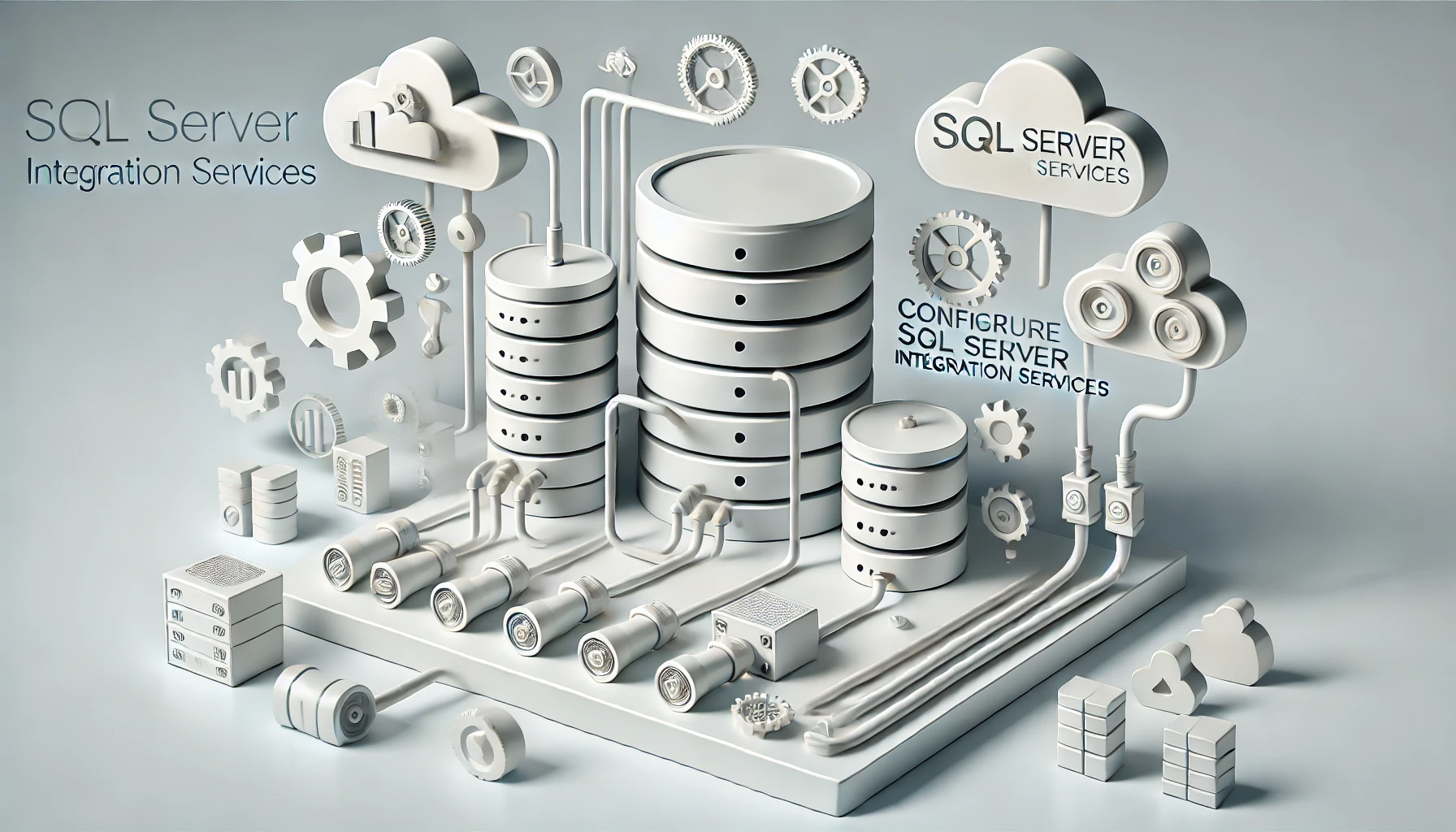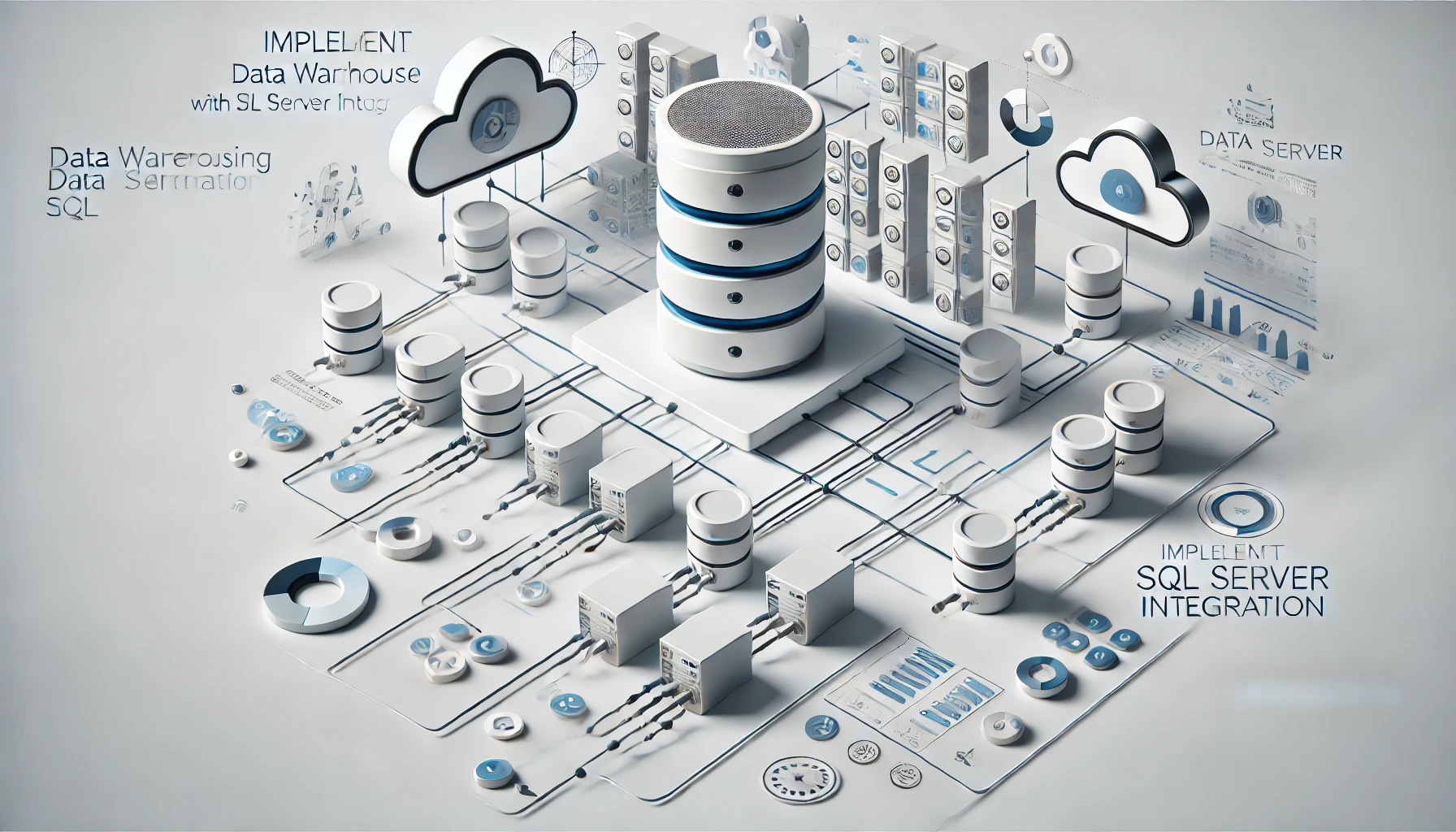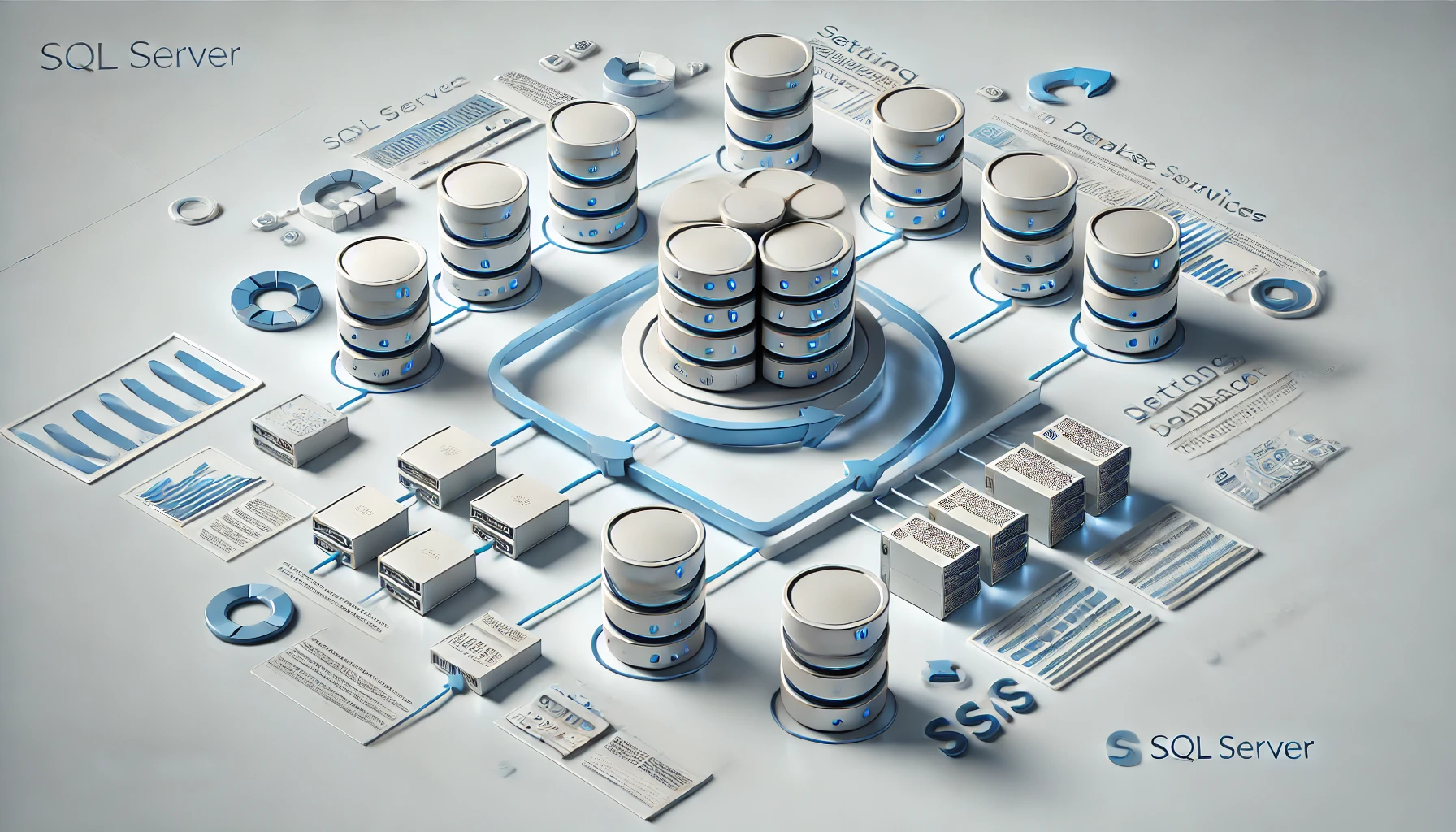To secure data in SQL Server Integration, you must prioritize safeguarding sensitive information from unauthorized access. By incorporating encryption protocols and access controls, you can fortify your data against potential threats. However, the key lies not just in setting up these defenses but also in continuously monitoring and adapting to evolving security challenges. Remember, the landscape of data security is ever-shifting, and staying proactive is paramount.
Define Security Requirements
To ensure a robust security framework for your SQL Server Integration, it is imperative to first define clear and specific security requirements. Data encryption plays a vital role in safeguarding sensitive information stored and transmitted within your SQL Server. By encrypting data at rest and in transit, you add an extra layer of protection against unauthorized access. Access control is another critical aspect to consider. Implementing granular access controls based on roles and responsibilities ensures that only authorized users can view or manipulate data.
Authentication and authorization are fundamental components of security in SQL Server Integration. Authentication verifies the identity of users accessing the system, preventing unauthorized entry. Utilizing strong authentication methods like multi-factor authentication enhances security. Authorization, on the other hand, determines the level of access granted to authenticated users. By defining clear authorization rules, you can restrict access to specific data and functionalities based on user roles, minimizing the risk of data breaches. Clearly outlining these security requirements sets the foundation for a secure SQL Server Integration environment.
Install SQL Server
Defining your security requirements has laid a solid foundation for ensuring the protection of your data within SQL Server Integration. When installing SQL Server, prioritizing a secure installation is crucial. Begin by selecting strong authentication methods and ensuring that only authorized individuals have access. During installation, enable data encryption to safeguard sensitive information. Data encryption converts data into a format that can only be read with the correct decryption key, adding an extra layer of protection against unauthorized access.
Additionally, make sure to install the latest updates and patches to address any security vulnerabilities. Regularly updating your SQL Server is essential to staying ahead of potential threats. Implementing best practices for secure installation not only enhances data protection but also contributes to the overall security posture of your SQL Server environment. By incorporating data encryption and following secure installation procedures, you can establish a robust security framework within SQL Server Integration.
Setup Integration Services
When setting up Integration Services in SQL Server, the initial step involves configuring the necessary components to facilitate seamless data movement and transformation within your environment. To enhance security, consider implementing data encryption to protect sensitive information during transit and storage. Integration Services supports various encryption options such as Transparent Data Encryption (TDE) and Secure Sockets Layer (SSL) to safeguard data integrity.
Furthermore, when setting up Integration Services, it is crucial to establish role-based access control. By assigning specific roles to users based on their responsibilities, you can limit access to sensitive data and functionalities within the integration environment. This approach ensures that only authorized personnel can view, modify, or execute specific packages or components.
Implement Security Features
Ensuring data security is a critical aspect of managing SQL Server Integration Services effectively. Implementing security features such as data encryption and access control is essential in safeguarding sensitive information within your SQL Server environment.
Data encryption plays a vital role in protecting data at rest and in transit. By encrypting sensitive information, you can prevent unauthorized access and ensure that even if data is compromised, it remains unreadable to unauthorized users. SQL Server Integration Services offer various encryption options, including Transparent Data Encryption (TDE) and Always Encrypted, to secure your data effectively.
Access control is another crucial security feature that allows you to manage who can view, modify, or delete data within your SQL Server environment. By setting up role-based access control and implementing strong authentication mechanisms, you can limit access to sensitive data only to authorized personnel, reducing the risk of data breaches and unauthorized activities.
Configure User Access
To fortify the security measures of your SQL Server Integration Services, the next critical step is to configure user access effectively. User permissions play a pivotal role in ensuring that only authorized individuals have access to sensitive data within the system. When setting up user permissions, it is crucial to follow the principle of least privilege, granting users only the necessary access rights to perform their tasks. This helps minimize the risk of unauthorized data exposure or tampering.
In addition to user permissions, implementing data encryption is essential for safeguarding data both at rest and in transit. By encrypting sensitive information, you add an extra layer of protection against potential security breaches. SQL Server Integration Services offer various encryption options, such as Transparent Data Encryption (TDE) and Always Encrypted, to secure your data effectively.
Frequently Asked Questions
How Can I Monitor and Audit Data Access in SQL Server Integration?
To monitor and audit data access in SQL Server Integration, enable data monitoring and access auditing features. Implement data encryption for sensitive information. Regularly review access logs and set up alerts for suspicious activities to enhance security measures.
What Encryption Options Are Available for Securing Sensitive Data?
To secure sensitive data, consider data masking for dynamic concealment and transparent data encryption for storage-level protection. These encryption methods help safeguard information from unauthorized access, enhancing data security in SQL Server Integration.
Can SQL Server Integration Be Integrated With Third-Party Security Tools?
Yes, SQL Server Integration can be integrated with third-party security tools for enhanced security measures. This integration provides additional layers of protection and allows for a more robust security infrastructure to safeguard sensitive data effectively.
How Can I Protect Against SQL Injection Attacks in Integration Processes?
To protect against SQL injection attacks in integration processes, you should implement data masking and thorough input validation. These measures help prevent unauthorized access to sensitive data and ensure the integrity of your system.
What Are Best Practices for Securing Data During Migration in Integration Services?
When securing data during migration in integration services, employ data masking techniques to obfuscate sensitive information and implement role-based access control to restrict unauthorized access, ensuring data confidentiality and integrity throughout the process.



